Art has always known how to speak when the world goes quiet. And at Venice Art Walk 2025, the message is loud, clear and rising straight from the ashes. This year’s exhibit doesn’t just show art. It holds space for legacy, loss and the power of rebuilding through creativity. With diverse artists leading the way and the city’s history of fire as both metaphor and memory, the show becomes something bigger than a fundraiser. It’s a call to witness. And for those of us who believe in the radical power of representation, it’s exactly why Hollywoodland News is here.
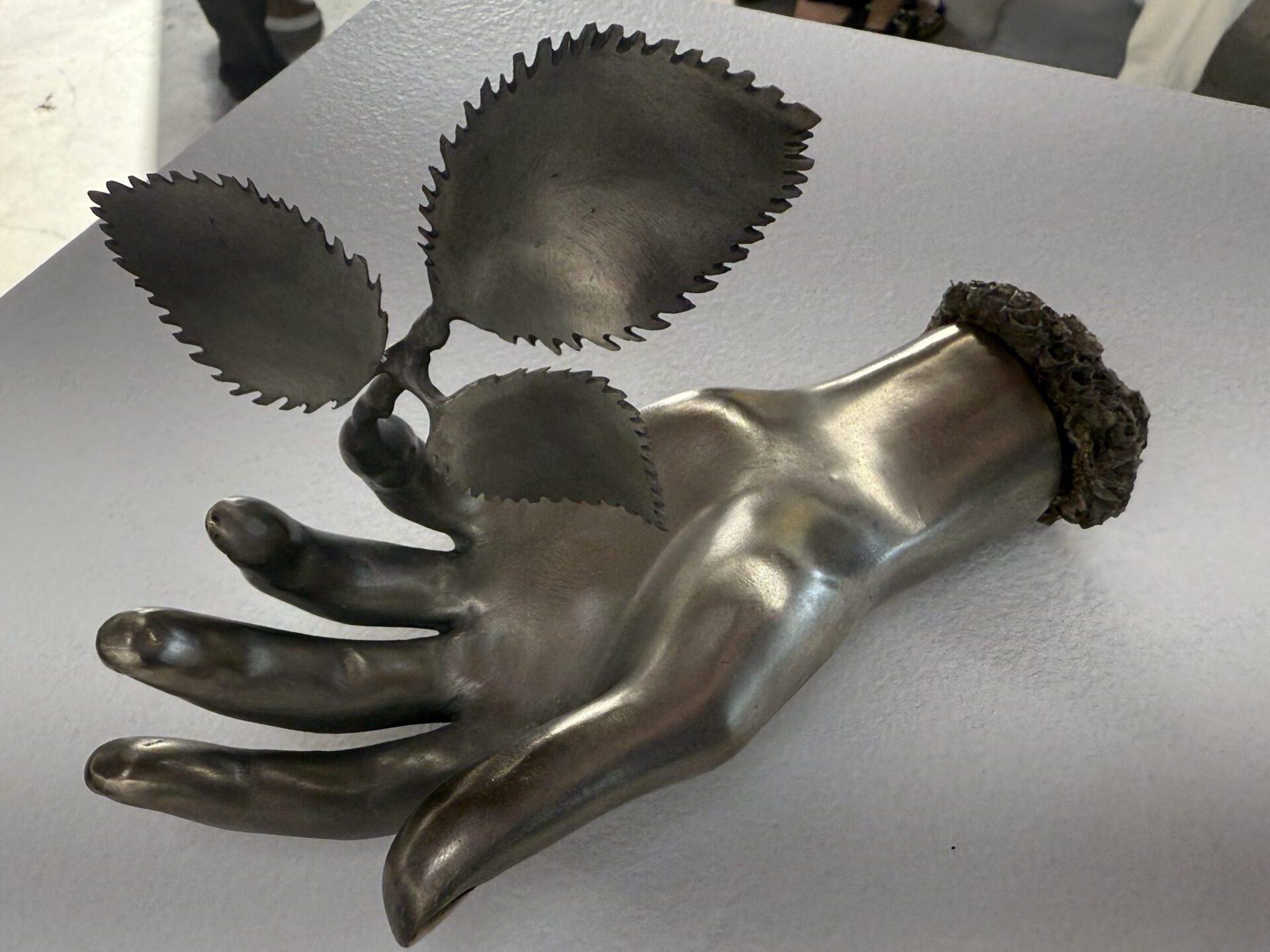
Let’s be honest. Most art spaces aren’t built for everyone. Even when the cause is good and the mission is clear, there’s still a feeling that you need to know the right people or speak the right language to belong. But something about Venice Art Walk 2025 pushed back against that. It felt layered, complicated and very real.
There were moments that felt polished but under that layered coat of gesso, the blank canvas of truth showed through. There were conversations about survival. Art that didn’t just hang pretty on a wall but asked harder questions. And that’s where the story lives. We’re somewhere between the cracks of the curated collector and the raw vision of an artist who sees color, light and shadow where most do not.
A Canvas of Resilience:
Black Artists at Venice Art Walk 2025
This year’s Venice Art Walk 2025 doesn’t just feature Black artists. It uplifts them as essential storytellers in a city that often sidelines their narratives. The theme “Past. Present. Future.” hits different when the artists bringing it to life have lived through literal fire. Artists like Kenturah Davis and Louis LIV lost their homes in the LA wildfires. What they’ve created in the aftermath isn’t just art. It’s testimony. It’s grief and reclamation of power. This isn’t accidental. It’s intentional.
Venice Family Clinic has always stood for health care equity, but this year they made space for cultural equity too. By centering diverse artists who’ve faced environmental disaster and systemic erasure, they’re showing that survival is also a creative act. And that healing can be loud and public.
Because let’s be real, most galleries would rather talk about technique than trauma. But this exhibit doesn’t flinch. It asks you to sit with it so that you can feel its smoldering weight that allows us to understand that art isn’t decoration. It’s lived experience, translated and framed.
Photo to the left shows
This eerie portrait blurs beauty and damage. Katie Hector uses bleach to distort the figure, creating a ghostlike intensity that lingers.
The Venice Art Walk as a Healing Space
The moment you stepped into the gallery, it felt like more than just another art event. The heat outside was relentless. At 103 degrees, it was the hottest day of the year. Still, people came. They showed up not just to look at art but to be inside something that felt meaningful. Families walked alongside longtime collectors. Kids tugged at their parents’ hands. Artists mingled with neighbors. It was crowded but not chaotic. The space carried intention.
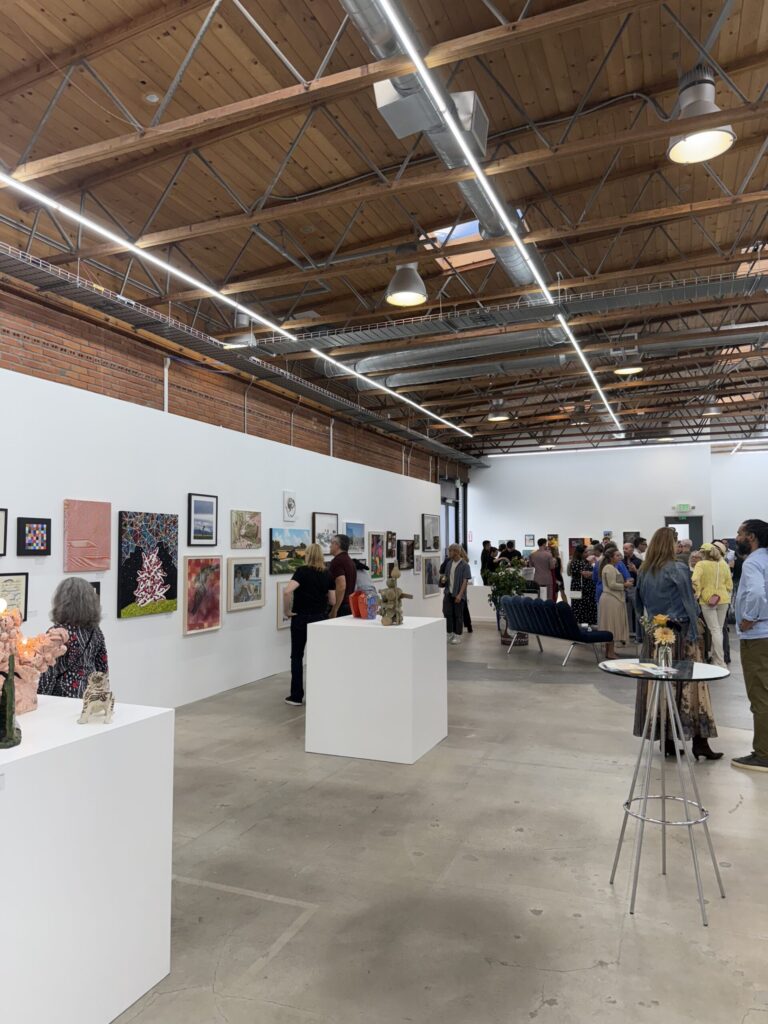
Inside, the sculptures stood like anchors. Paintings pulled people in and asked them to stay a little longer. The layout allowed for breathing room. There was no pressure to move quickly or pretend to understand anything. It was okay to just feel. And people did. Some stood in silence. while others talked with strangers about what they were seeing. The art asked for honesty, and people gave it.

There was no performance here. No one postured or tried to impress. It felt like a place where it was safe to feel cracked open and in a city that often prizes image over substance, that is rare. The space held something that felt sacred and not in a religious way, but in a human way.
This was not just an exhibit. It was a reminder that art is not separate from the world. It does not live in a frame.
It lives in the people who show up, sweat through their clothes, stare too long at one piece, and walk away a little different than when they arrived. That is what this space created. It was a moment of collective breath.
Through Fire and Memory:
Art as Survival and Reclamation
Let’s be real. Art that tells the truth rarely hangs quietly. It burns. It bites. It rebuilds. The artists in this section aren’t just reflecting the world. They’re reshaping it. Their work confronts colonial erasure, Black survival, queer resilience and the quiet disasters that live in plain sight. They carry fire not just as symbol but as inheritance. These pieces don’t sit in the past. They stretch across time and ask what’s worth keeping and what needs to be scorched. In a city that knows the sting of smoke and the weight of memory, these artists turn resistance into architecture.
Rakeem Cunningham | Bitch Fit, 2022
Photographic prints, oil stick, foam board, felt, epoxy dough, Gorilla glue on panel
Rakeem Cunningham’s Bitch Fit doesn’t whisper. It snarls, sparkles, and demands to be looked at. The piece feels like a queer pop-culture fever dream layered in felt, gloss, and defiance. There’s tension here—between softness and sharpness, between fantasy and survival. Cunningham brings his whole identity to the surface and lets it fight its way through chaos. He’s a rising voice in LA’s queer art scene, known for blending vulnerability with anime aesthetics and cultural commentary.
His work has been featured at OCHI and Jeffrey Deitch, and it refuses to be quiet.
April Bey | Colonial Swag in Space (Ferengi Feminism), 2019
CMYK screenprint with screen-printed glitter
April Bey makes glitter political. In Colonial Swag in Space, she pulls from Star Trek, capitalism, and Caribbean feminism to create a speculative world where colonial power is mocked, dismantled, and redesigned by Black femme brilliance. It’s futuristic and deeply personal, like an intergalactic protest sign. Bey was born in the Bahamas and is now based in Los Angeles where she teaches at Occidental College.
Her work has shown at CAAM, Art Basel Miami, and international galleries. She doesn’t paint futures. She builds them.
Louis LIV | L.A. City (Fire Emoji), 2025
Mixed media, acrylic, monoprint, paper and image transfer on wood panel
This piece looks like infrastructure and grief holding hands. L.A. City (Fire Emoji) is layered with signage, stamps, and smog. This is the kind of urban language that only makes sense if you’ve lived it. Louis LIV created this work after losing his own home in the LA wildfires, and you can feel the loss in every inch of its surface. It’s not just a city portrait. It’s a scar map.
Louis is a newer voice in the LA art world, but he’s not hesitant. His work speaks to survival, memory, and the pressure to keep moving even when everything is still burning.
Umar Rashid (Frohawk Two Feathers) | Two Warriors on the Edge of the Known World, 2024
Ink and acrylic on canvas
Umar Rashid paints like he’s been collecting forgotten histories his whole life. In Two Warriors on the Edge of the Known World, two figures ride through an imagined past where Black and Indigenous power isn’t erased, it’s exalted. There’s mythology here. There’s strategy and survival. Rashid’s work builds entire universes with their own rules, their own languages.
He’s exhibited everywhere from LACMA to the Brooklyn Museum and has made it his mission to retell colonial narratives through Black radical fantasy. This piece doesn’t just belong in a gallery. It belongs in the stories we tell to get free.
Power in the Unwritten:
The Intimate and the Political
After the fire, something softer blooms but that doesn’t mean it’s fragile. These works explore survival that doesn’t rely on spectacle. They live in the spaces between care and chaos where disability, diaspora, queerness and memory take form through intimacy. These are not just healing narratives. They’re strategies. They remind us that quiet is not the absence of power. It’s a recalibration. A whisper that makes you lean in. These artists bring the internal into public view and give language to the things we feel but rarely see and that means grief, longing, rupture and repair.
Kyoko Takenaka | another world is…, 2025
Inkjet print (Artist Proof)
Kyoko Takenaka’s another world is… feels like a soft breath after survival. The diptych shows one figure wired to medical equipment and another resting on stone, each image tender and still.
It’s a meditation on illness, queerness, and what it means to be cared for instead of cured. The work doesn’t demand your gaze, t invites it. Takenaka is a queer and disabled Japanese American artist whose practice includes butoh, sound, film and performance. Their work has been featured in the LA Times and shown at the Lincoln Center. This piece is quiet but it never fades.
DL Alvarez | Backstage, 2024
Graphite and colored pencil on paper
Backstage looks like it was pulled from a dream you didn’t realize was a memory. DL Alvarez takes a snapshot from queer nightlife and melts it into something unstable and tender. The graphite is tight and deliberate, but the pink overlay feels like a glitch.
Alvarez has long been a fixture in queer visual culture, with work in collections at MOCA and SFMOMA. His drawings often blur pop media, film, and queer history. This piece doesn’t explain itself. It remembers for you.
Aleza Zheng | Where The Green Ends, 2025
Silk satin and oil on silk organza
This was my most favorite piece in the entire exhibit. It’s the piece you stare at and forget to blink. Where The Green Ends floats between layers of silk like a secret you’re not sure you should be seeing. A gloved hand reaches for a red flower, caught between intimacy and control. Zheng paints with both grace and interruption. It’s beautiful.
But it doesn’t let you settle. This beautiful piece has to be seen from all angles because it captures something deeper than a shadowbox.
Aleza Zheng is a Chinese American artist gaining fast recognition for her work that combines painting and textile techniques. Her exhibitions with OCHI and François Ghebaly have put her at the edge of something big. Her work whispers and wounds.
Kayla Mattes | affirmations, 2025
Handwoven cotton and wool, hand-dyed
Kayla Mattes gives you a meme and then makes you feel it in your chest. affirmations features a woven Spiderman and the phrase “The political situation in my country does not affect my mental health.” It’s a lie we all tell ourselves, rethreaded into something soft and devastating. Mattes plays with texture the way other artists play with irony.
Her work takes the disposable culture of the internet and weaves it into permanence. She’s been featured in Hyperallergic and at the Textile Art Center, and her pieces feel like the edge of burnout rendered with care.
Community Impact and the Clinic’s Role
Let’s not forget why this event even exists. The Venice Family Clinic has been showing up for the community for nearly five decades, offering health care to over 45,000 people who might otherwise be shut out of the system. This year’s art walk didn’t just celebrate creativity. It funds the real, tangible and lifesaving care.
Art matters but so does the community of Los Angeles. In a city where access to health care is still treated like a luxury, and in a country where everything seems to be unraveling right in front of us, we have to show up for our friends and neighbors. This is especially true in communities of color where environmental trauma, displacement and underfunding hit harder and stay longer.
When art and health align like this, it shifts the conversation. It reminds us that healing isn’t just about hospitals or prescriptions. It’s also about expression and being seen. It’s about feeling valued and held in a city that often thrives on organized chaos and reactionary systems that lead to triage instead of thriving.
Final Reflection
There’s something sacred about walking through a space where grief and joy exist side by side. That’s what Venice Art Walk 2025 gave us, not just a gallery of beautiful work, but a powerful reflection of what it means to live through loss and still create. This wasn’t just another event on a busy city calendar. It was an invitation to witness, to listen and to understand how beauty can carry the weight of someone else’s pain without collapsing under it.
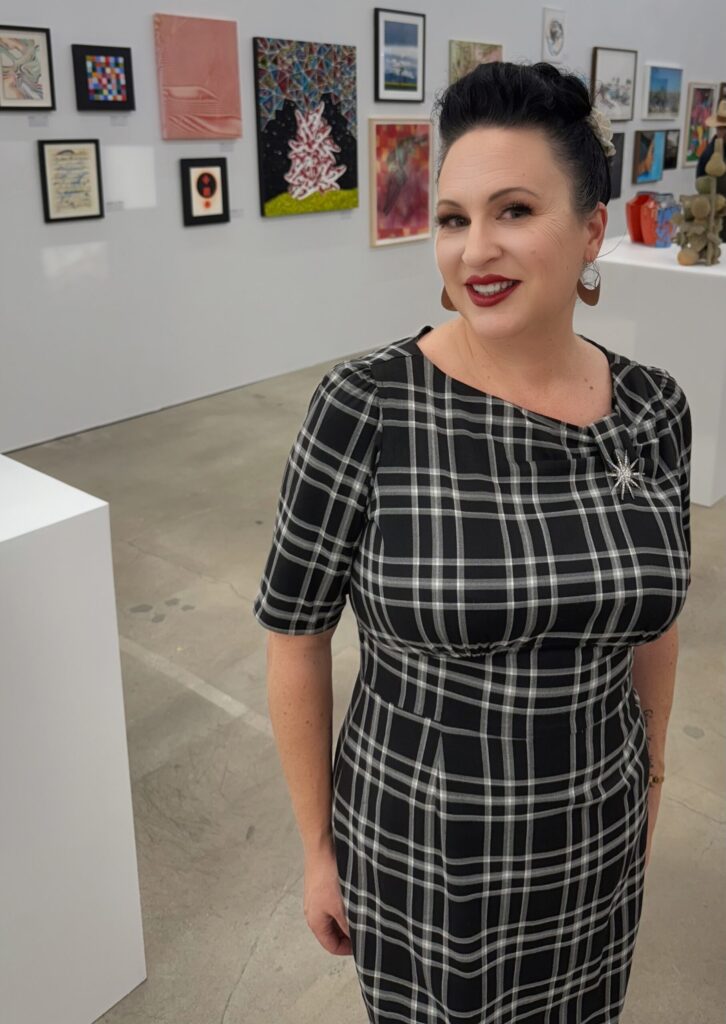
This wasn’t about access or prestige or who showed up in what designer clothing. It was about who made space and who was finally given some.
Diverse artists didn’t just participate this year. They shaped the narrative. They told the truth. They made sure that if you were really paying attention, you walked away changed, just as I did.
to visit the venice art walk 2025
Venice Art Walk 2025 runs from May 9 through May 18 at the Venice Art Walk Gallery, 910 Abbot Kinney Blvd. The space is open daily from 11 am to 6 pm, and trust me, you’re going to want time to sit with the work. Proceeds from the Art Walk benefit Venice Family Clinic, which provides quality health care to over 45,000 Angelenos who need it most. That’s what makes this more than just a gallery experience. This is art in service of healing.
You can view and bid on artwork, learn more about the Clinic’s mission or just show up and stand witness. Because sometimes the most radical thing we can do is care.
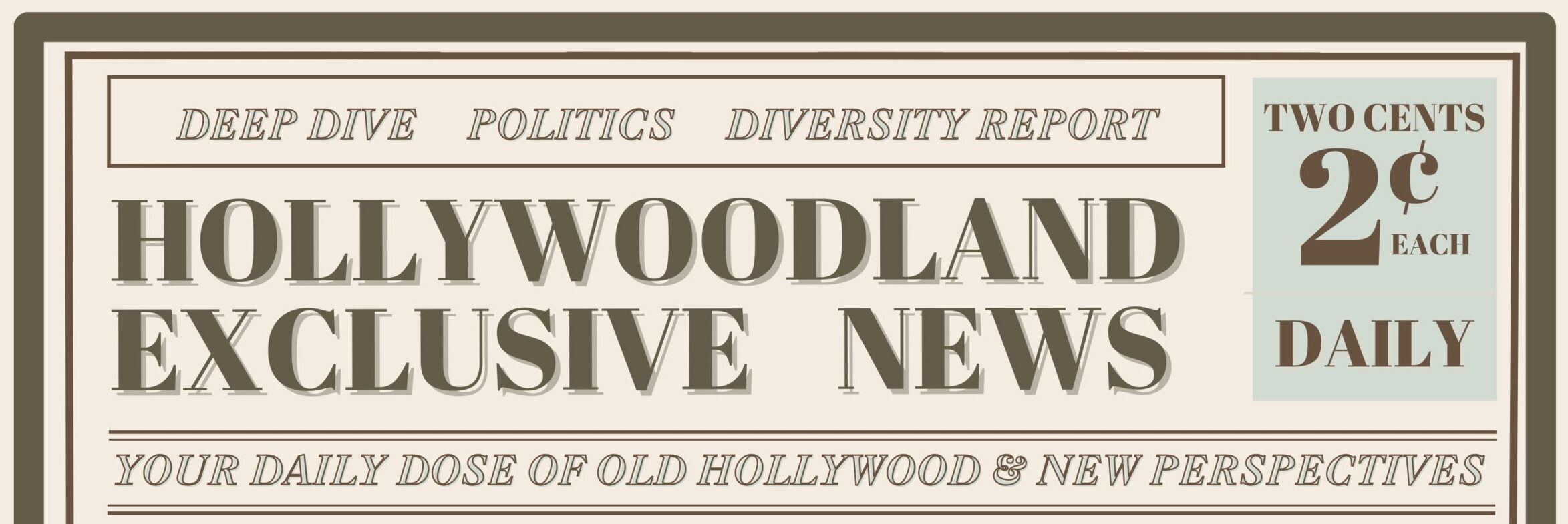
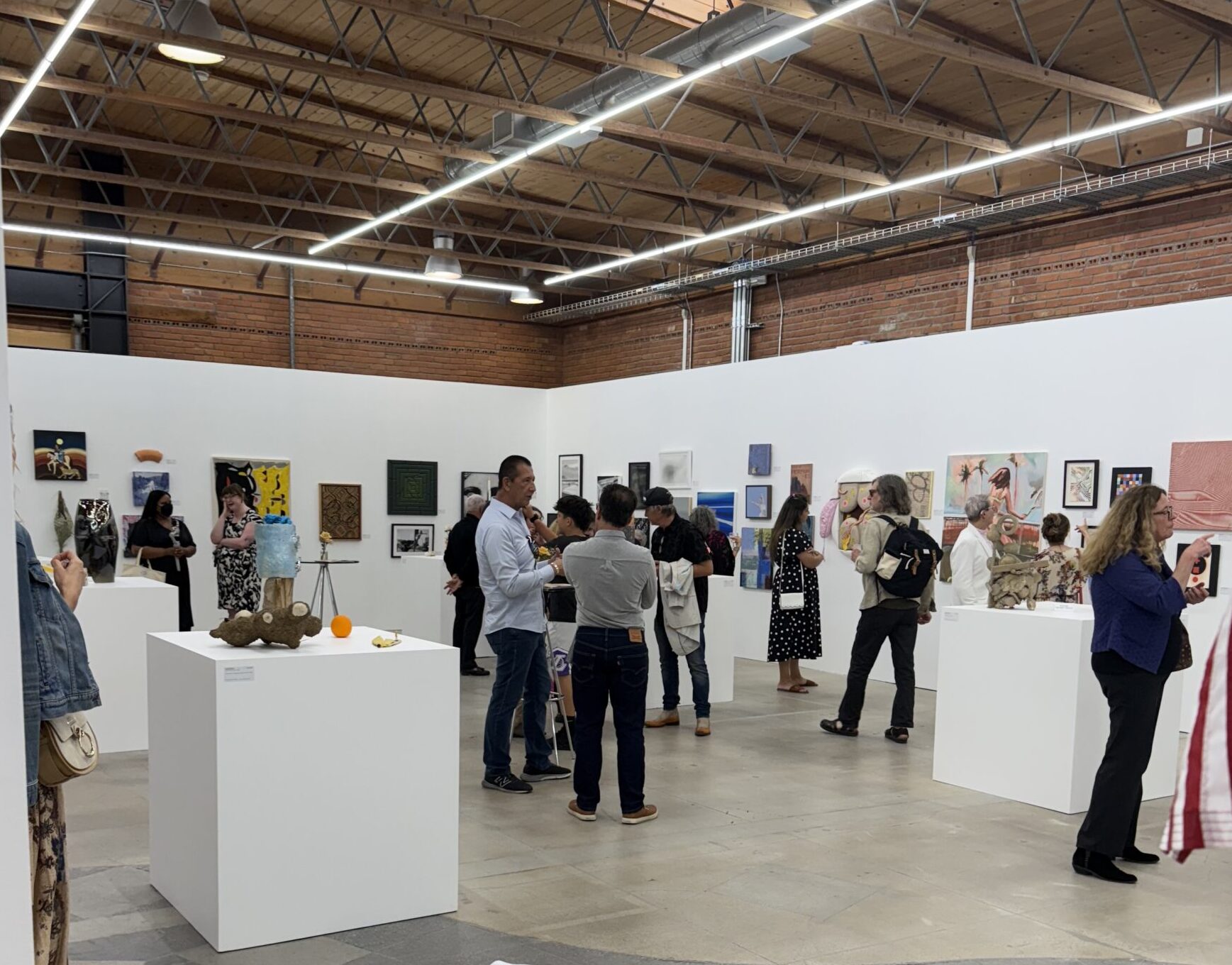
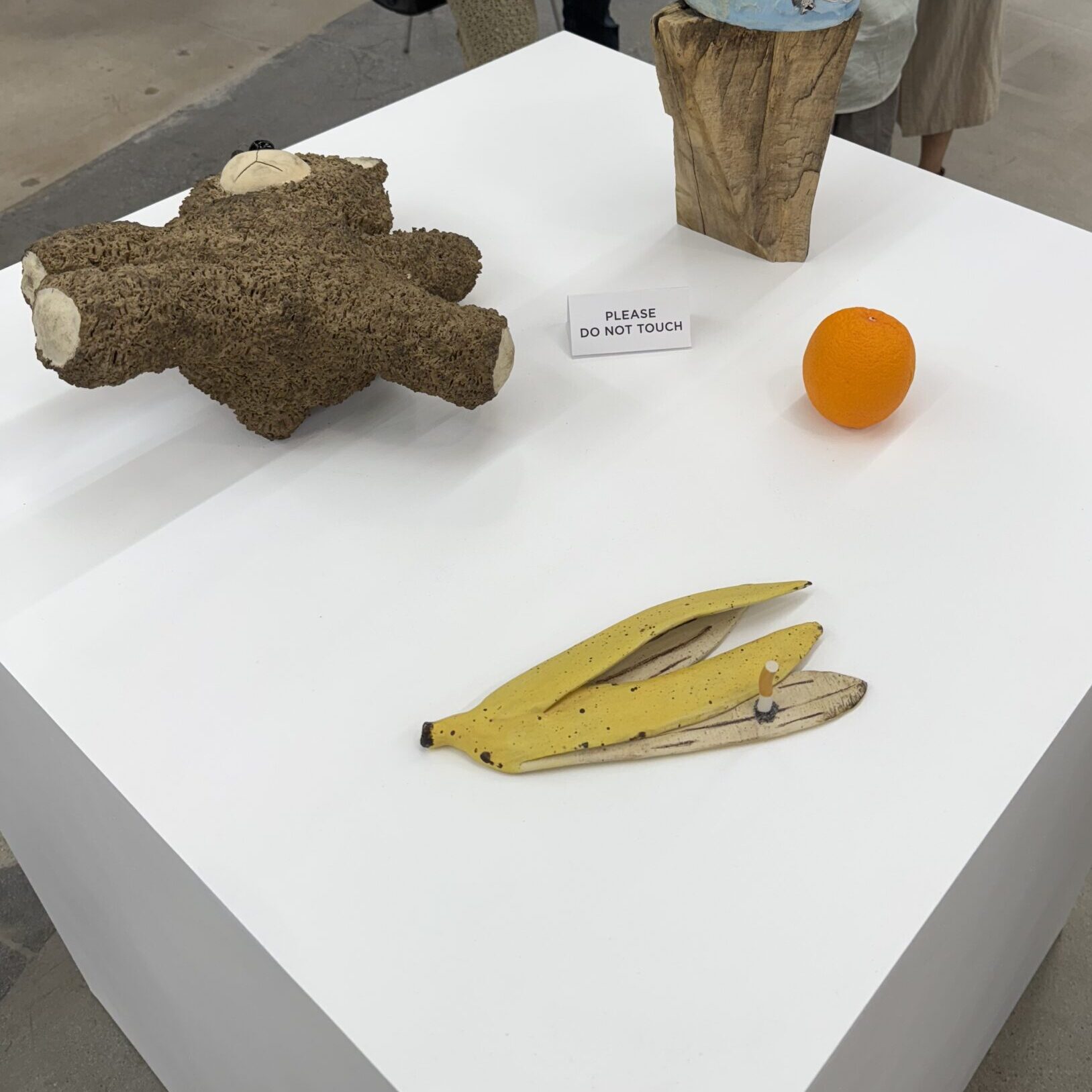
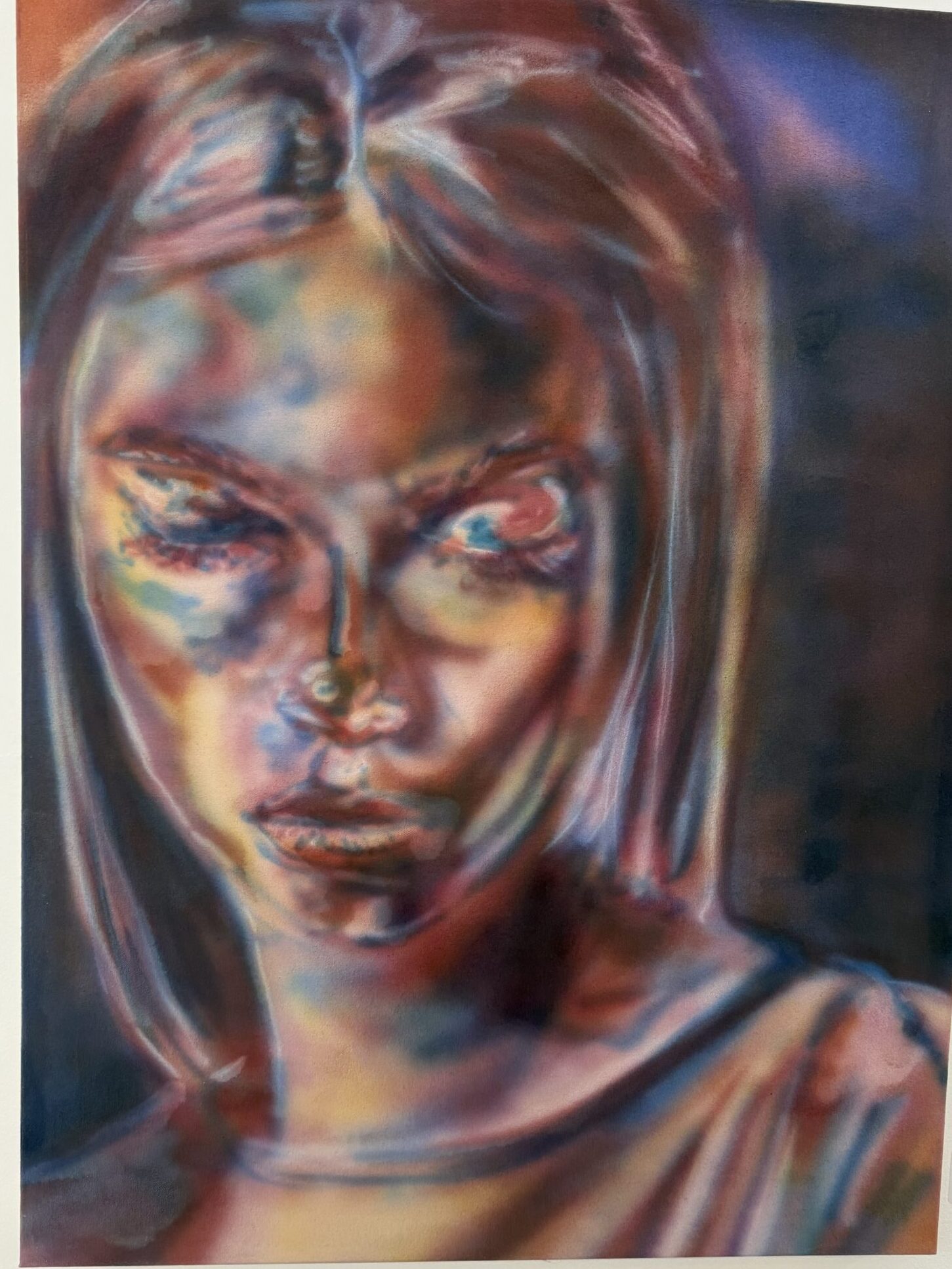
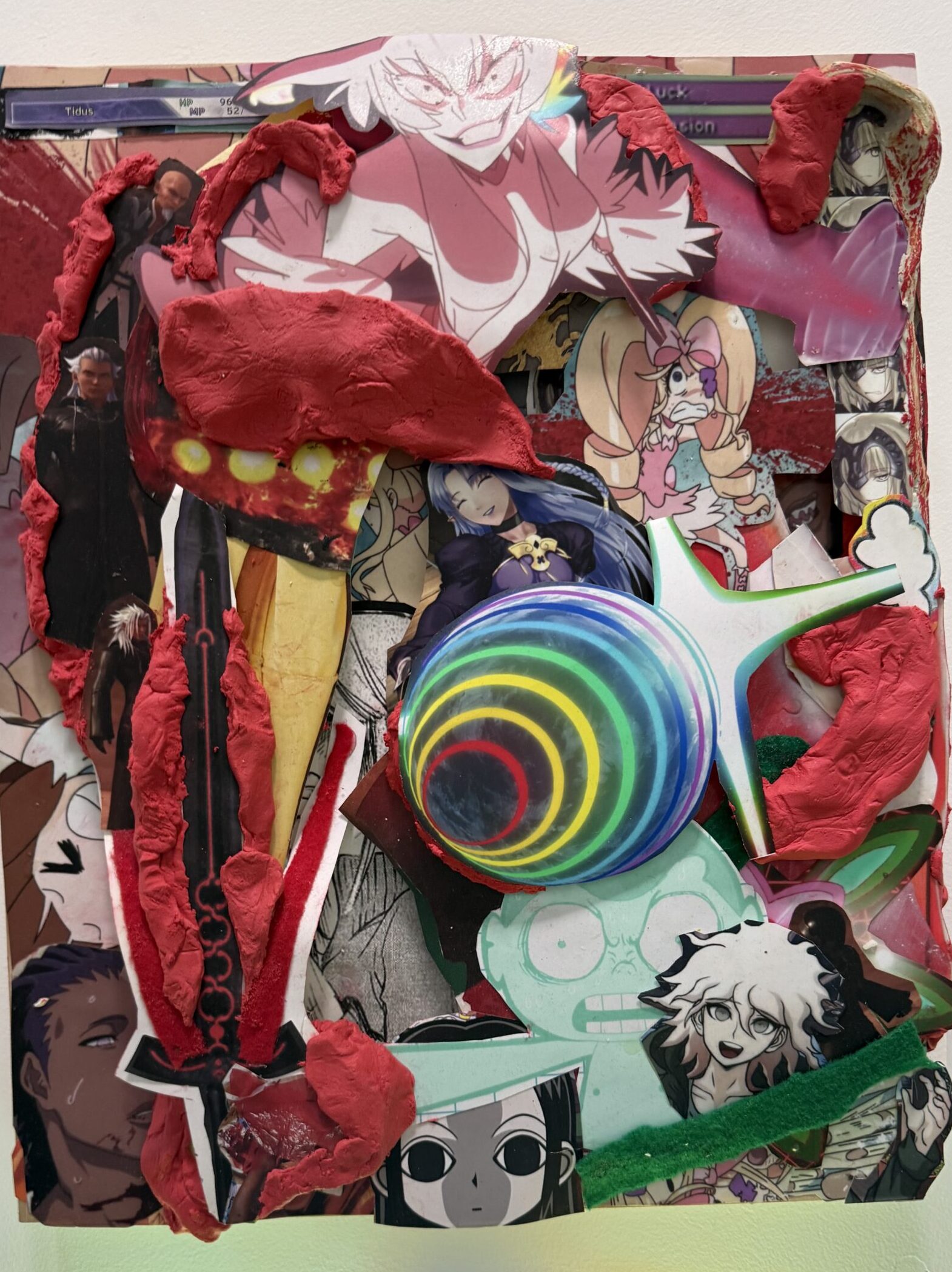
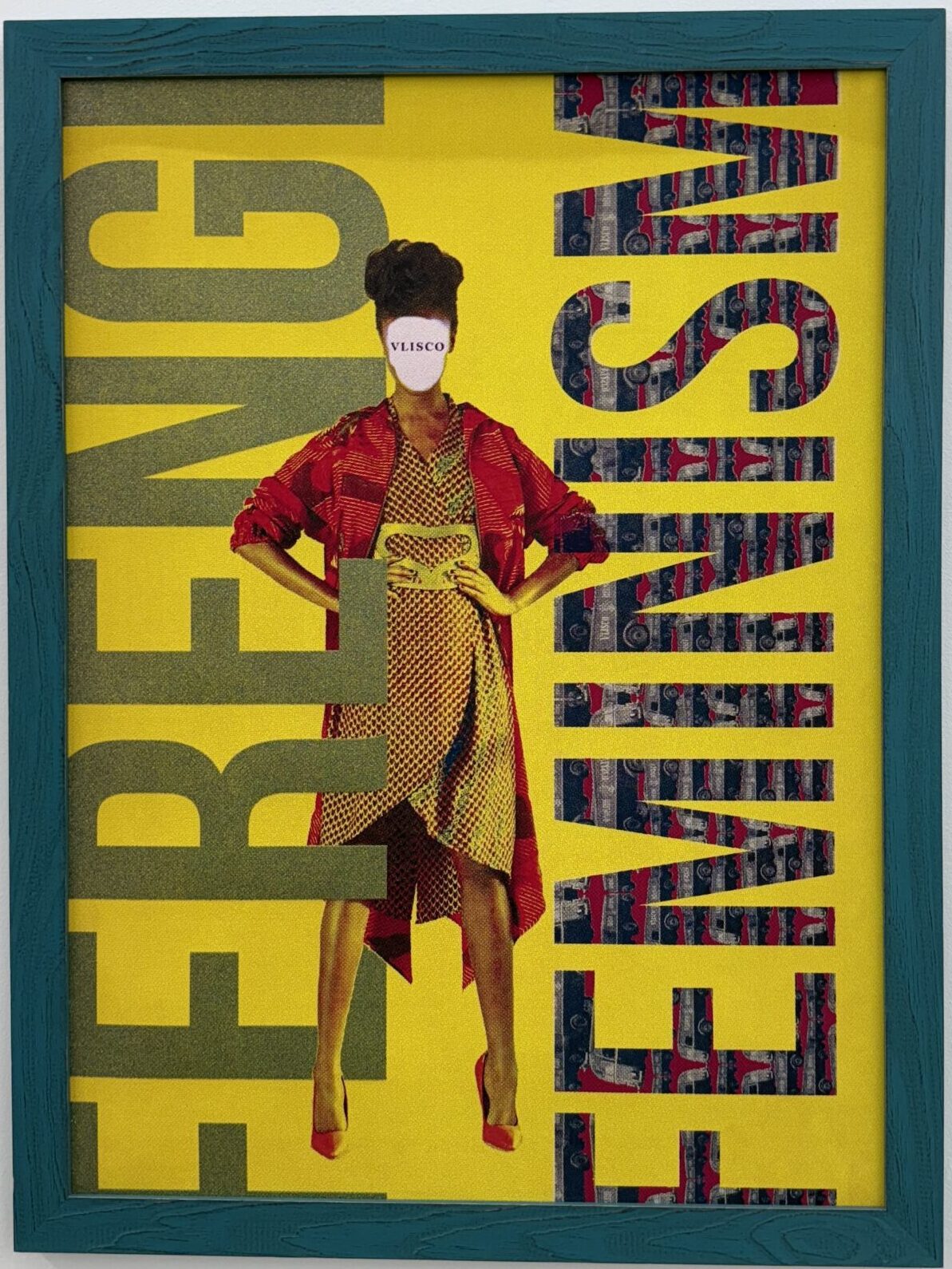
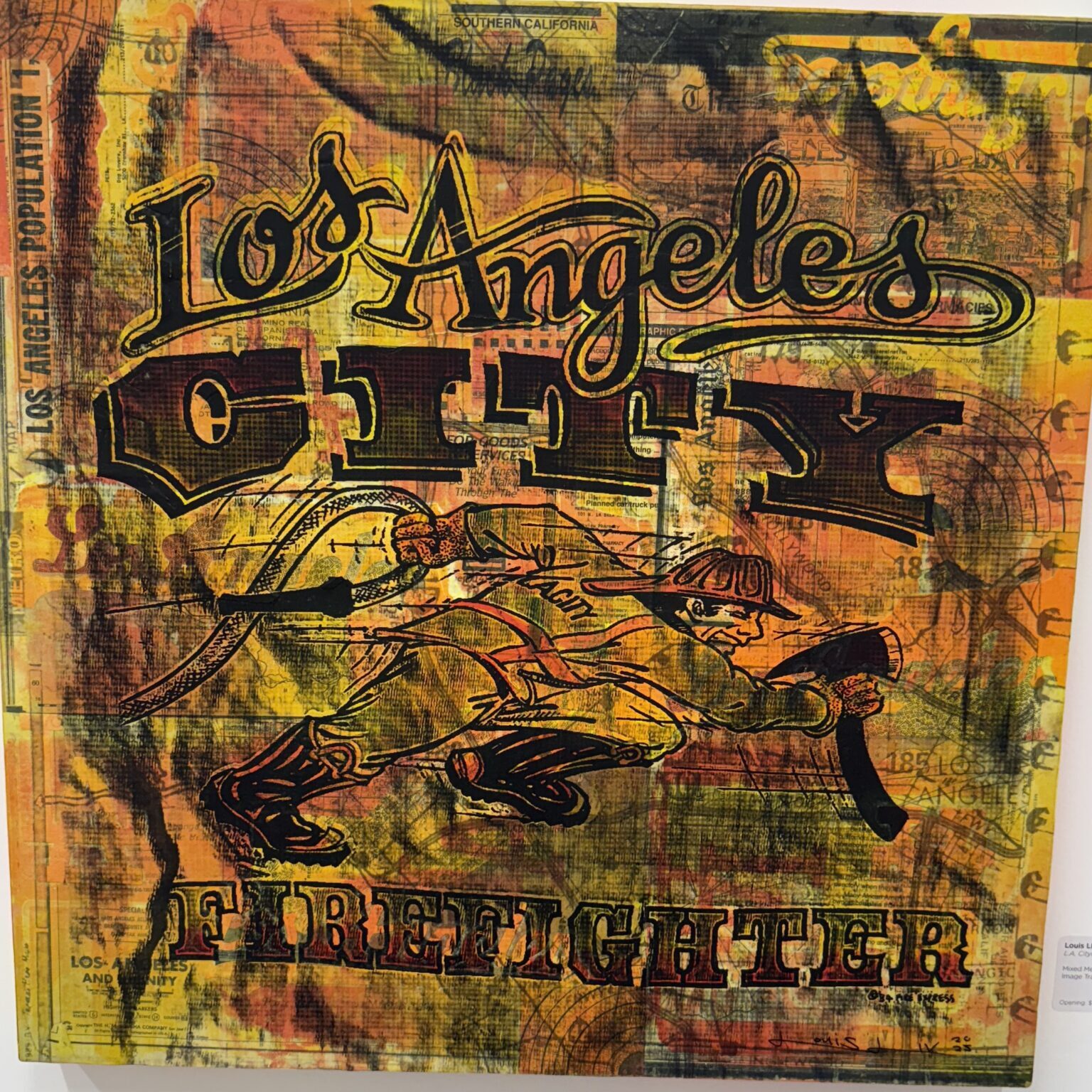
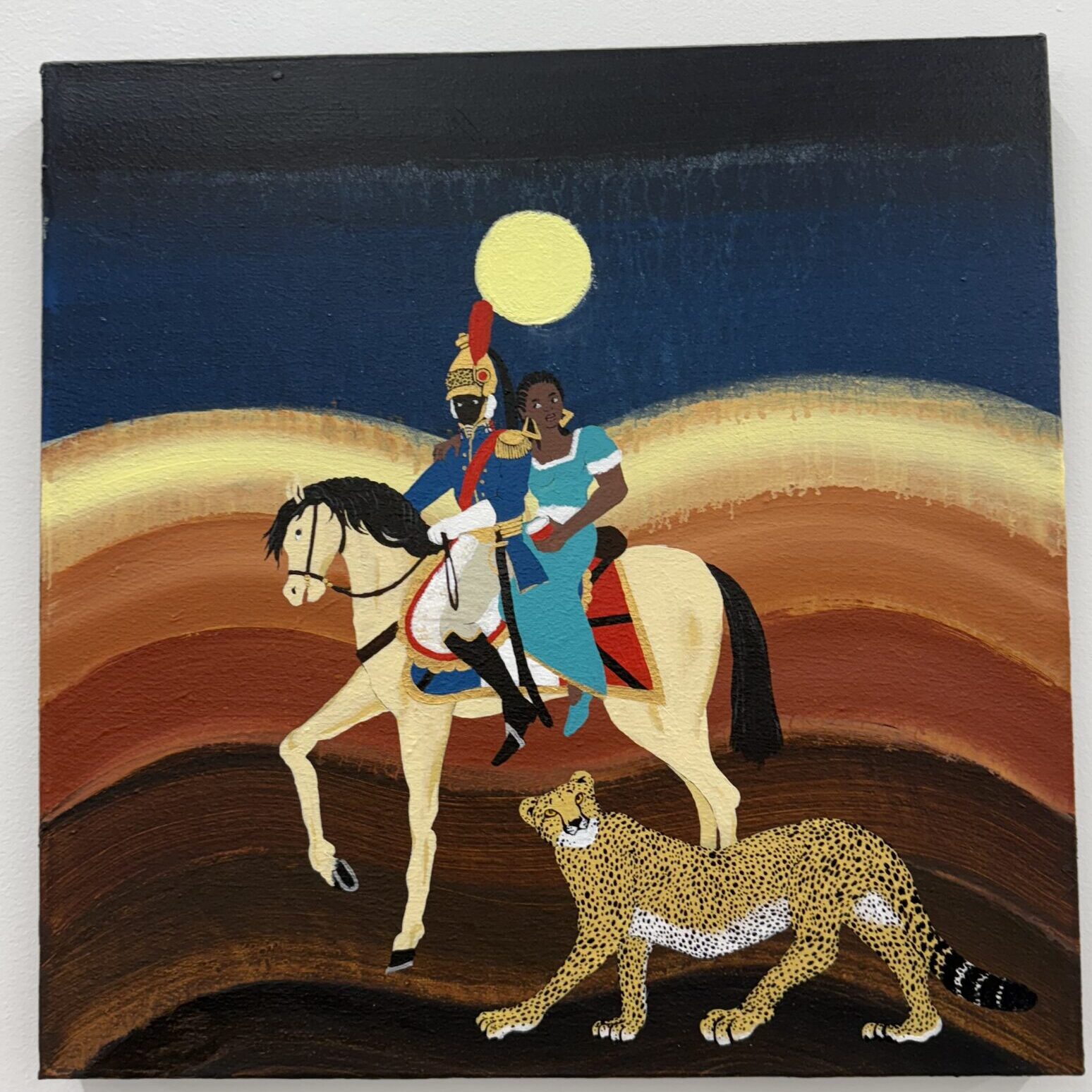
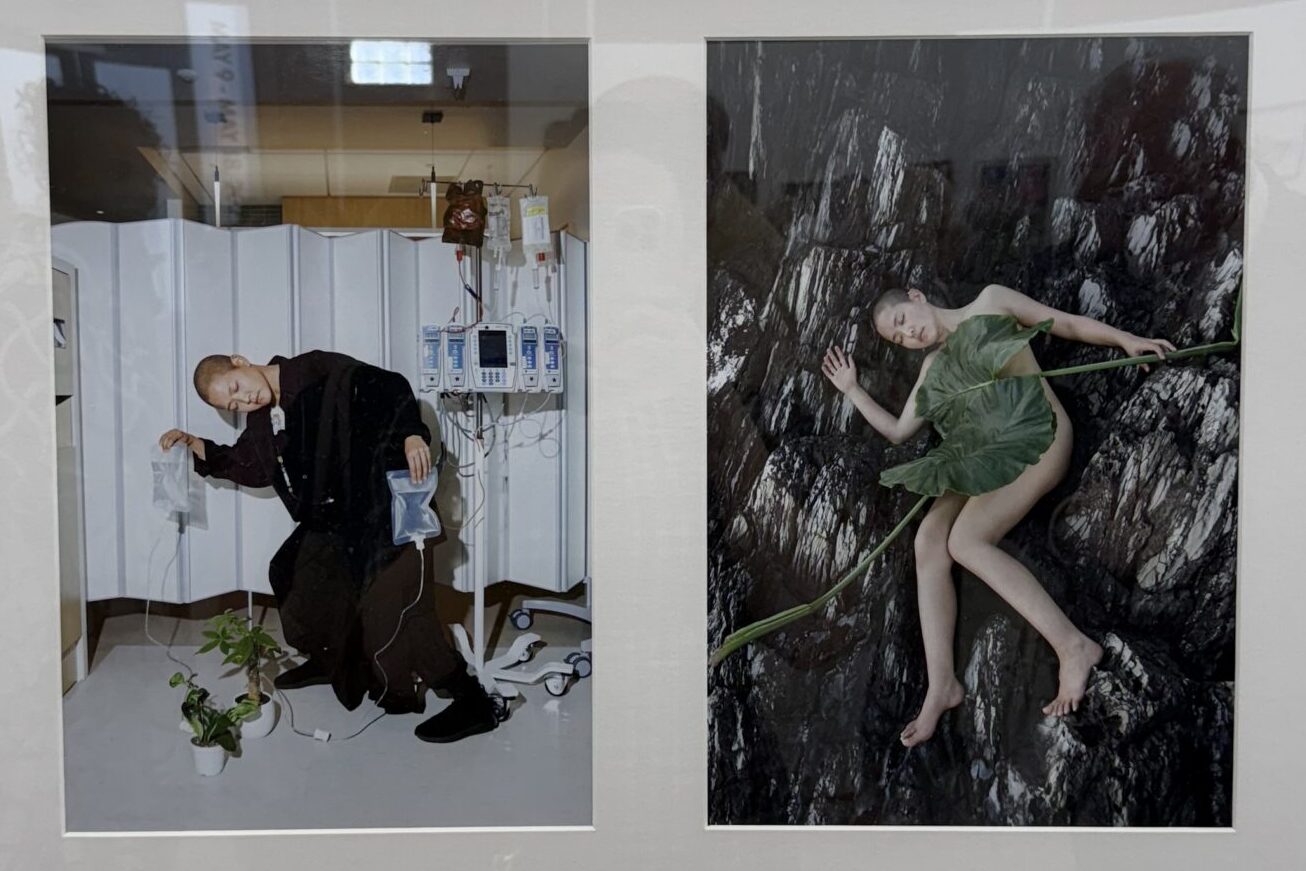
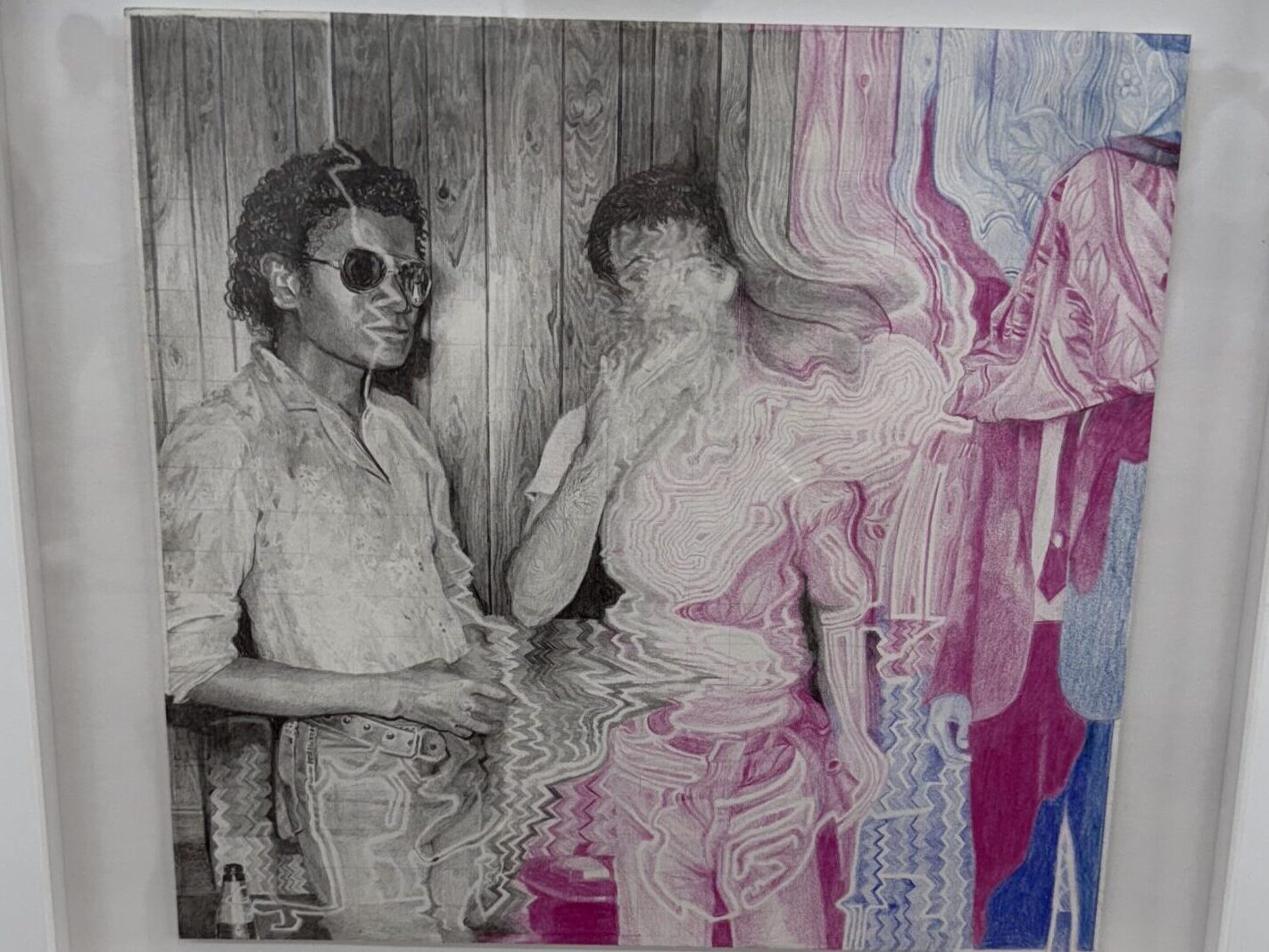
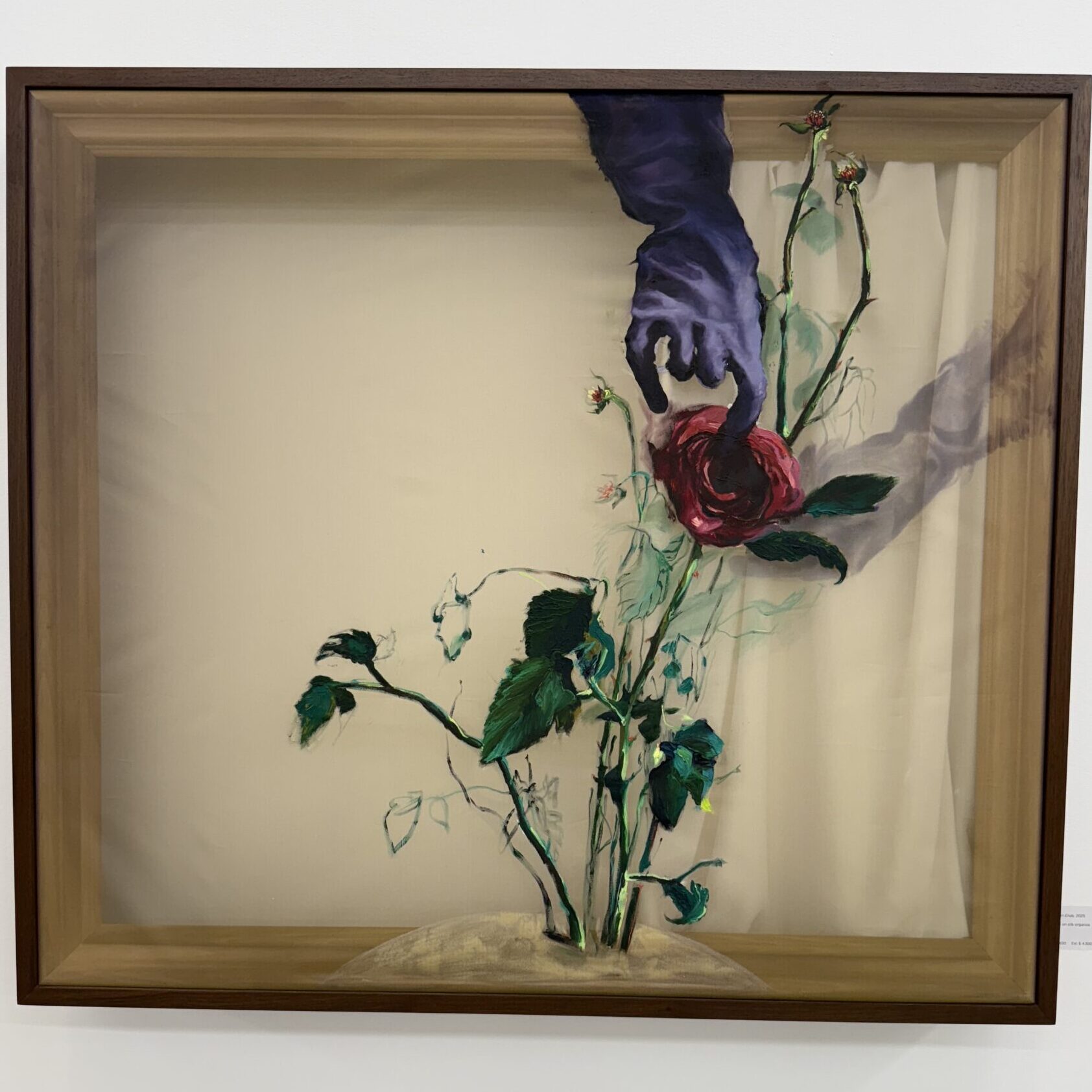
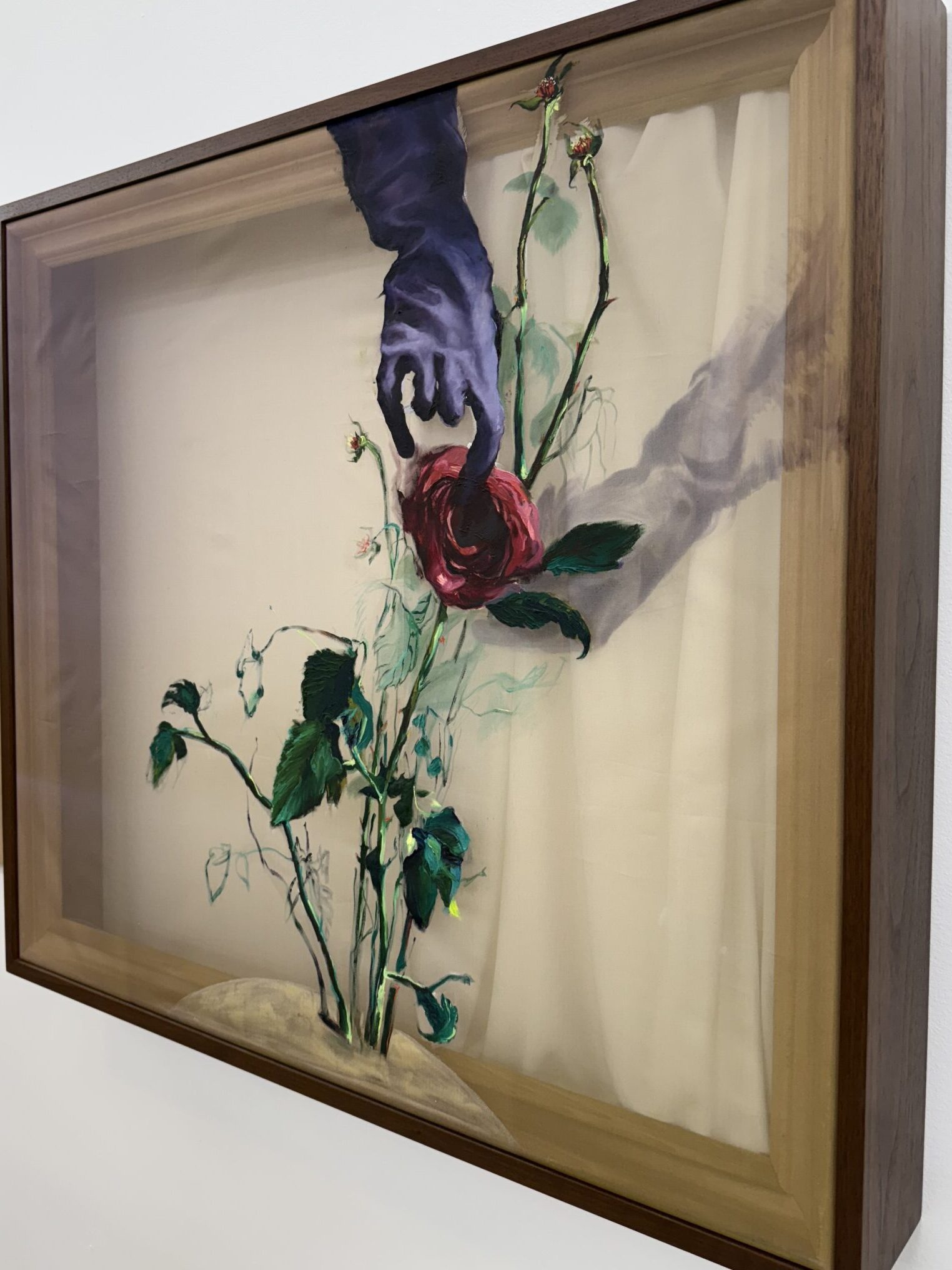
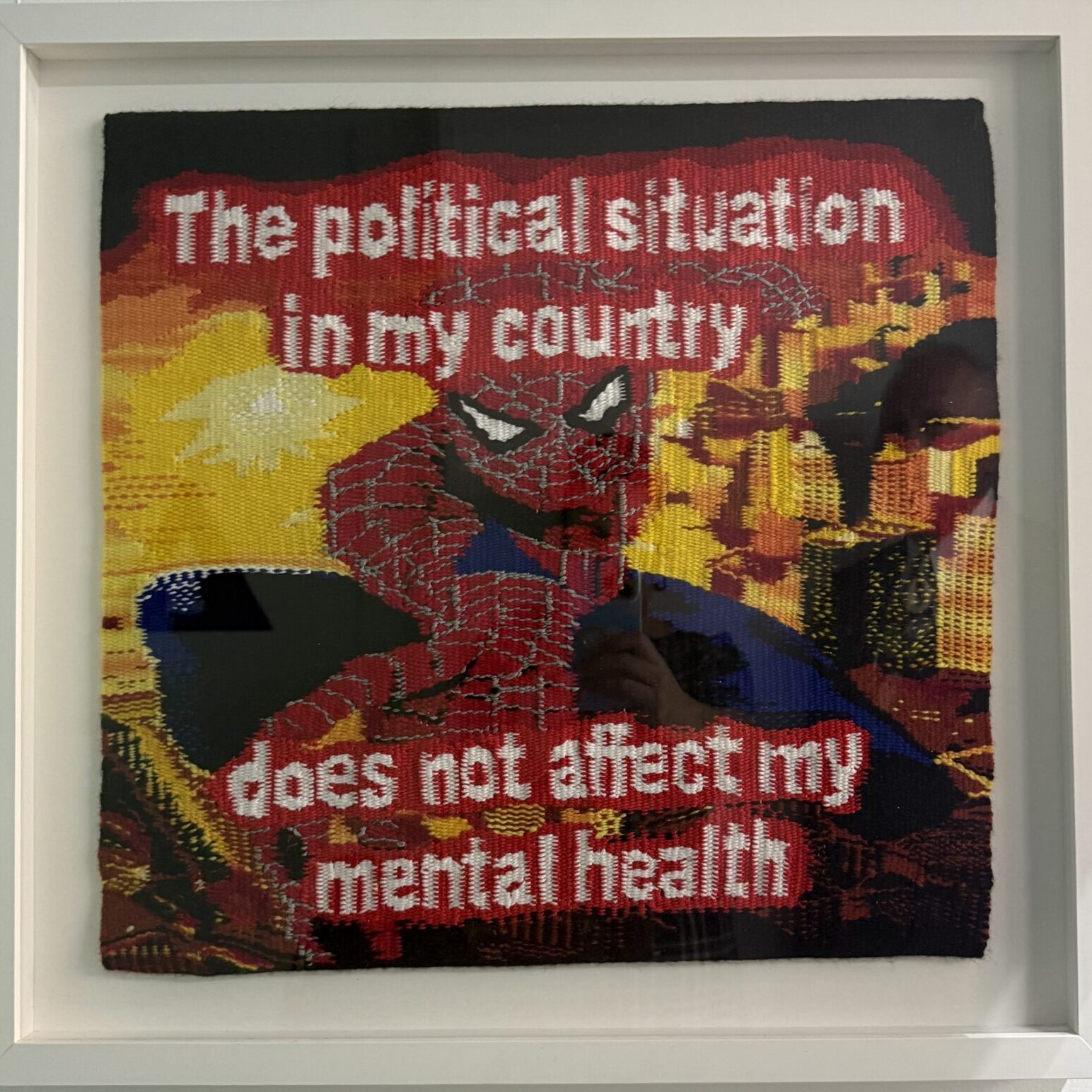
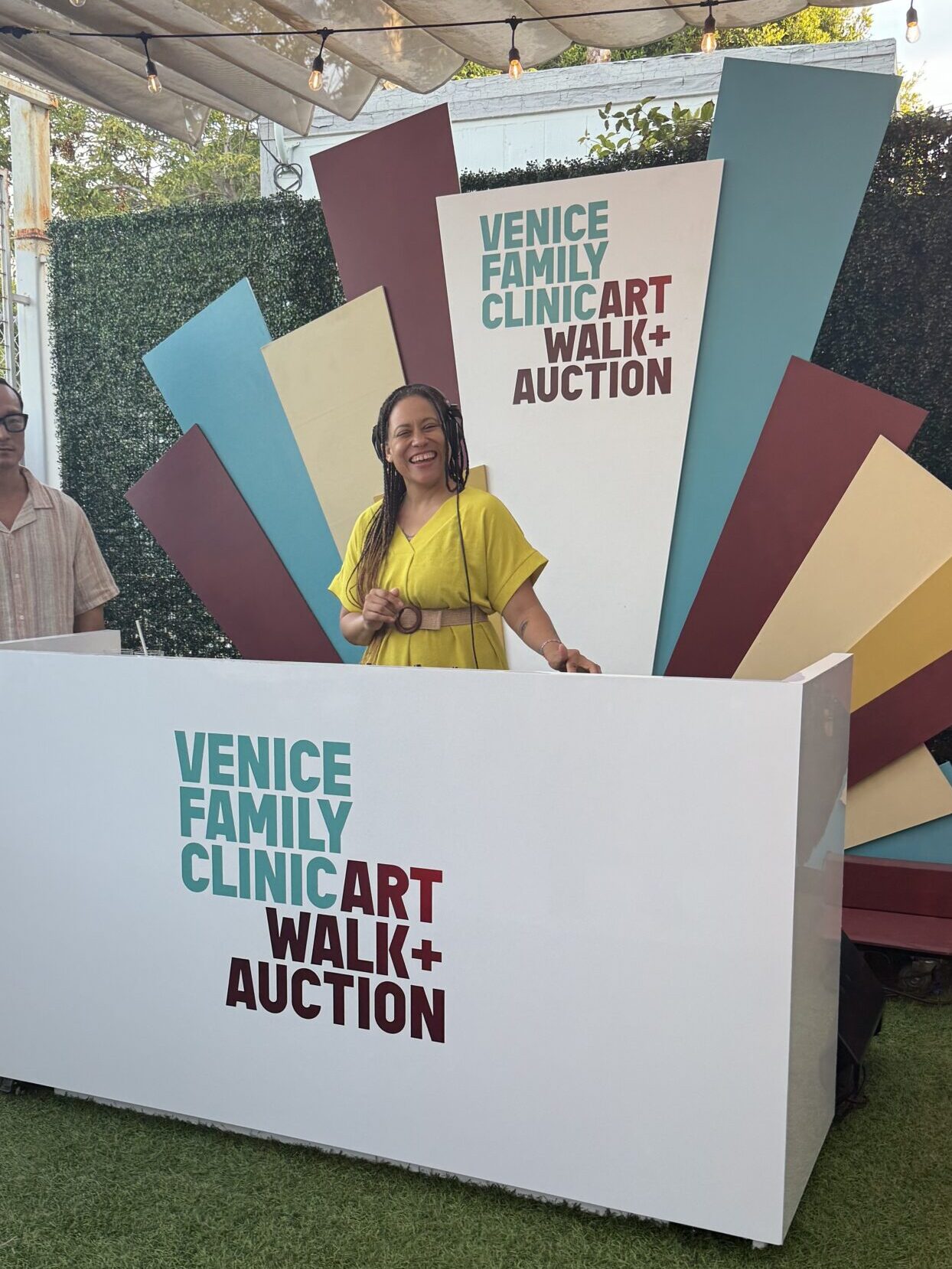
Leave a Reply